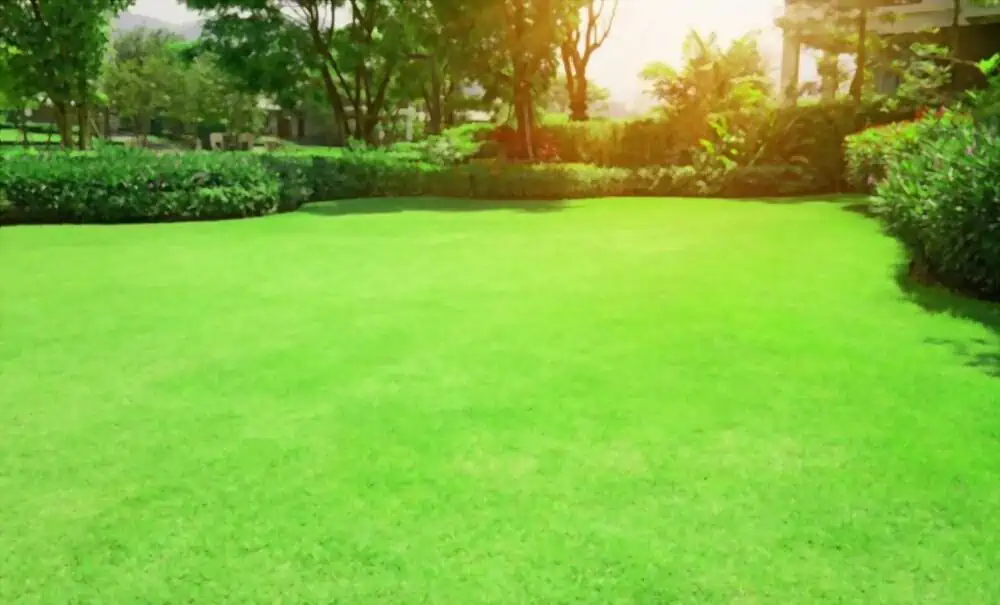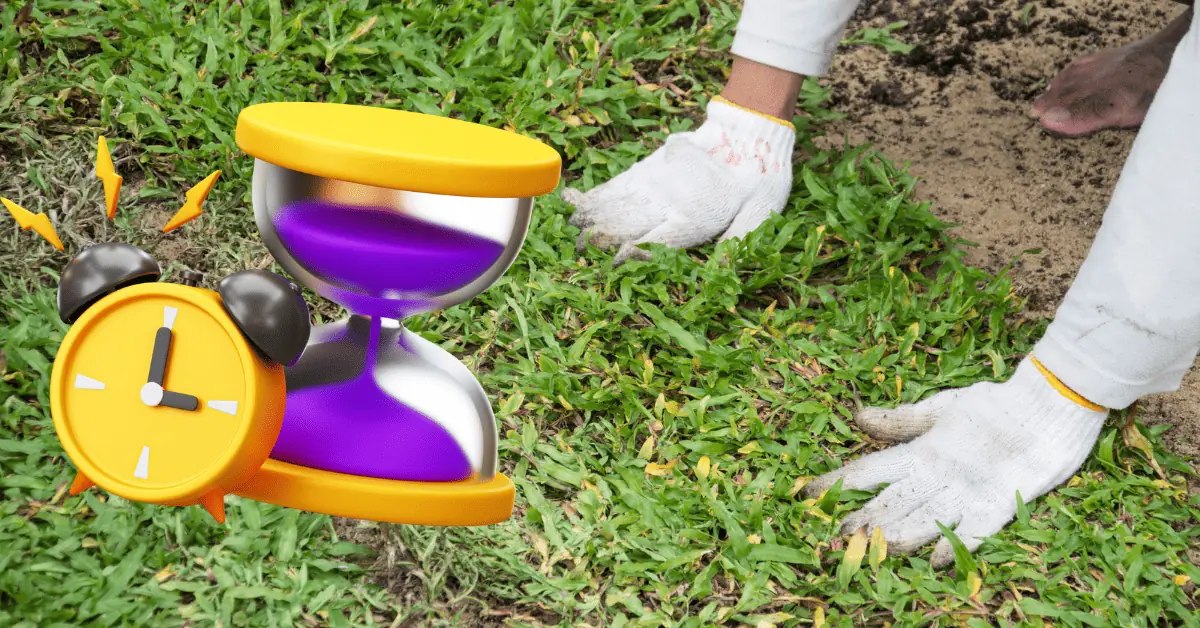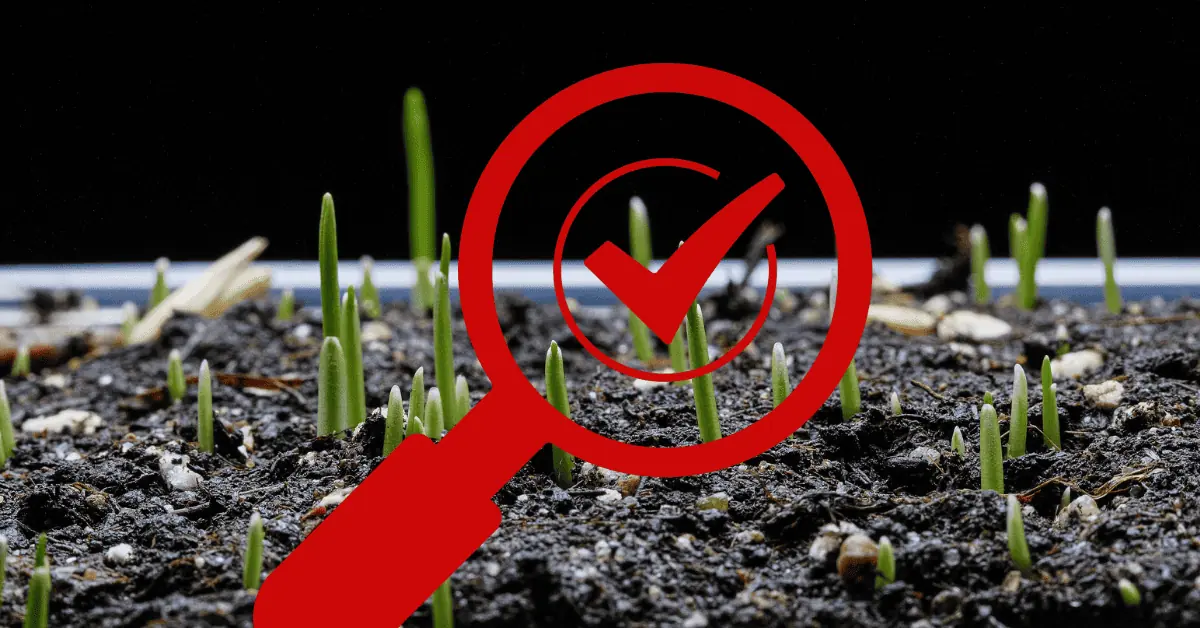Are you a homeowner in Texas looking to plant Bermuda grass but unsure of the best time to do it? Or a landscaper seeking to provide your clients with a lush green lawn? If so, then this article is what you need.
Planting Bermuda grass is a great way to achieve a beautiful, durable lawn in the Lone Star State. However, timing is crucial when it comes to growing this grass species.
The question of when to plant Bermuda grass in Texas is asked by many and for a good reason. Planting at the wrong time can make a subpar lawn susceptible to disease and damage.
This article will provide all the details you need to plant it. To ensure the success of your Bermuda grass planting is guaranteed, this article will go through the many nuances to consider, which include temperature, soil moisture, and sunshine, and provide you with step-by-step guidance.
What Time of the Year Should I Plant Bermuda Grass?
In Texas, the warm weather is the ideal time to cultivate Bermuda grass. Bermuda grass grows best in temperatures between 80°F and 95°F.
Also, when the soil temperature is continuously over 65°F, late spring or early summer is ideal for growing Bermuda grass. These conditions happen throughout most of Texas from mid-April to early June regularly.
Alternatively, if you miss the planting window in the late spring or early summer, you can plant the Bermuda grass during the late summer or early fall. However, Bermuda grass should be planted early enough in the fall since it might need more time to take root before the first frost.

How to Prepare Your Lawn for Planting the Bermuda Grass
Before planting the grass, you should prepare your lawn correctly. The following steps should be taken:
- Clearing the Area: Make the planned planting area free from stones, weeds, and debris. This will ensure that the grass has enough space to grow. Debris can make cultivation difficult, while weeds compete with the Bermuda grass for sunlight, space, and nutrients.
- Check the Soil PH: The Bermuda grass grows with well-draining soil with a pH between 6.0 and 7.0. If your soil does not fall within this range, add lime if it is lower and sulfur if it is higher.
- Aerate the Soil: Make minute holes in the ground with a lawn aerator. This will enhance air flow and water absorption, promoting the better growth of your Bermuda grass.
- Fertilize the Soil: Use a balanced fertilizer a few weeks before planting. Your Bermuda grass will receive the nutrients it needs to grow strong and healthily from this.
How To Plant The Bermuda Grass
Once you have prepared your lawn, you can start planting. Here are the steps to follow:
- Select the Right Seed: Bermuda grass seeds come in different types, some survive in some climates, and some do not. You have to select based on your climate and soil type.
- Spread the Seed: Spreading the speed is crucial to avoid choking. A seed spreader ensures that the seeds are spread evenly over the soil. A good trick to it would be to mix the seed with sand for easy spreadability.
- Cover the Seed: A tool like a rake should cover the seed lightly with soil. You need to ensure the soil covers the seed, however, not to an extreme extent, as this can prevent the seed from germinating.
- Water the Area: Water the area lightly but regularly to moisten the soil. Don’t overwater the seed because this might damage it.
- Keep the Area Free of Weeds: Once the Bermuda grass grows, keep the site free of weeds. Weeds can compete with grass for nutrients and water, stunting its growth.

Caring for the Bermuda Grass
Once your Bermuda grass is established, it’s essential to care for it properly to ensure its longevity. Here are some tips:
- Watering: Bermuda grass requires regular watering, especially during hot, dry weather. Water the grass deeply once a week rather than lightly watering daily. Doing this encourages the grass to develop a deep root system and become more drought-tolerant.
- Fertilizing: Bermuda grass requires regular fertilization to maintain its green color and healthy growth. It’s recommended to fertilize the grass every six to eight weeks during the growing season.
- Mowing: The Bermuda grass should be mowed regularly; however, it should never be over one-third of its height. Cut the grass, and ensure it is about 1 to 1.5 inches during the growing season.
- Pest Control: Bermuda grass is susceptible to various pests, including chinch bugs and armyworms. It’s essential to monitor your lawn for signs of pest infestation and treat it promptly to prevent damage.
Conclusion
Although planting Bermuda grass in Texas can be challenging, the benefits are worthwhile. Bermuda grass is ideal for Texas’ hot and humid climate because of its high heat and drought tolerance. Also, you can ensure that your Bermuda grass grows and appears lush and green throughout the year by following the finest planting procedures and planting your grass correctly.
This article has covered the ideal season for planting Bermuda grass in Texas and the elements that affect its development. It looked at several Bermuda grass varieties, the soil and climate requirements for their best growth, and the importance of choosing high-quality seeds or sod and adequately preparing your soil before planting.
By planting it in the late spring or early summer, you can guarantee that Bermuda grass in Texas takes root before the summer heat wave. Your lawn will be better able to withstand the hot, dry summers that Texas is known for.
Now that you know when to plant Bermuda grass in Texas, it’s time to take care of your lawn. Following the information here, you can ensure that your Bermuda grass develops into a beautiful, lush lawn that lasts many years.






